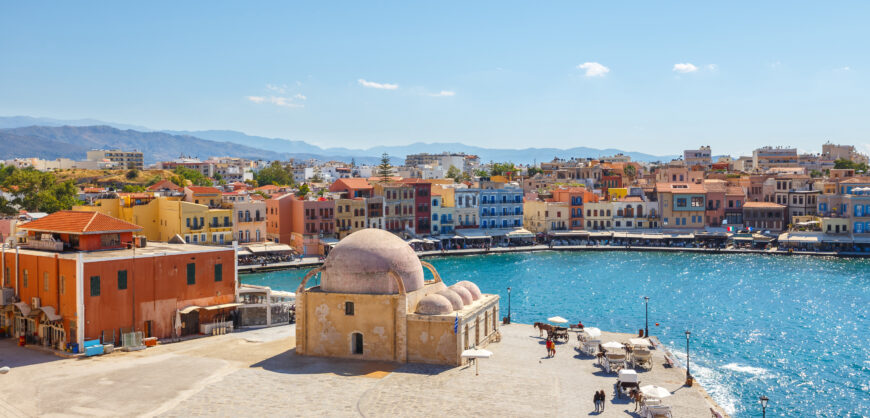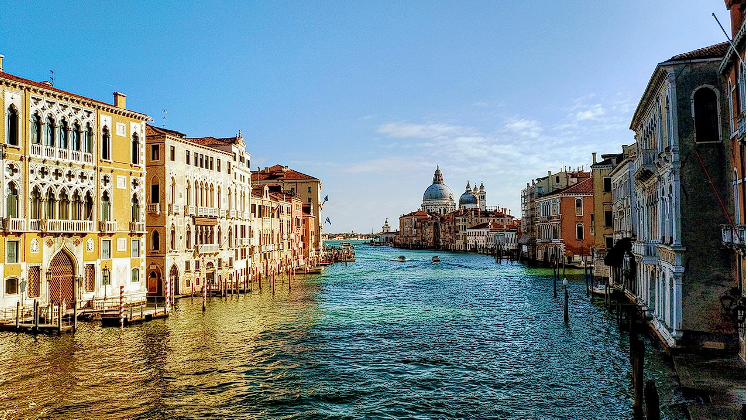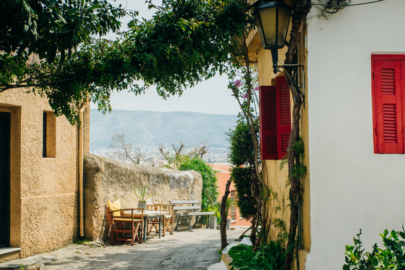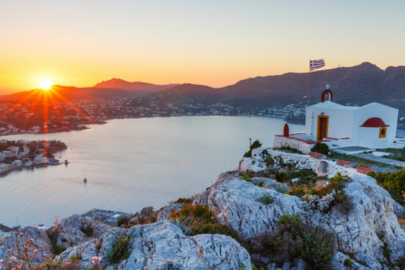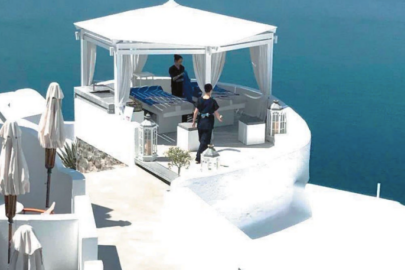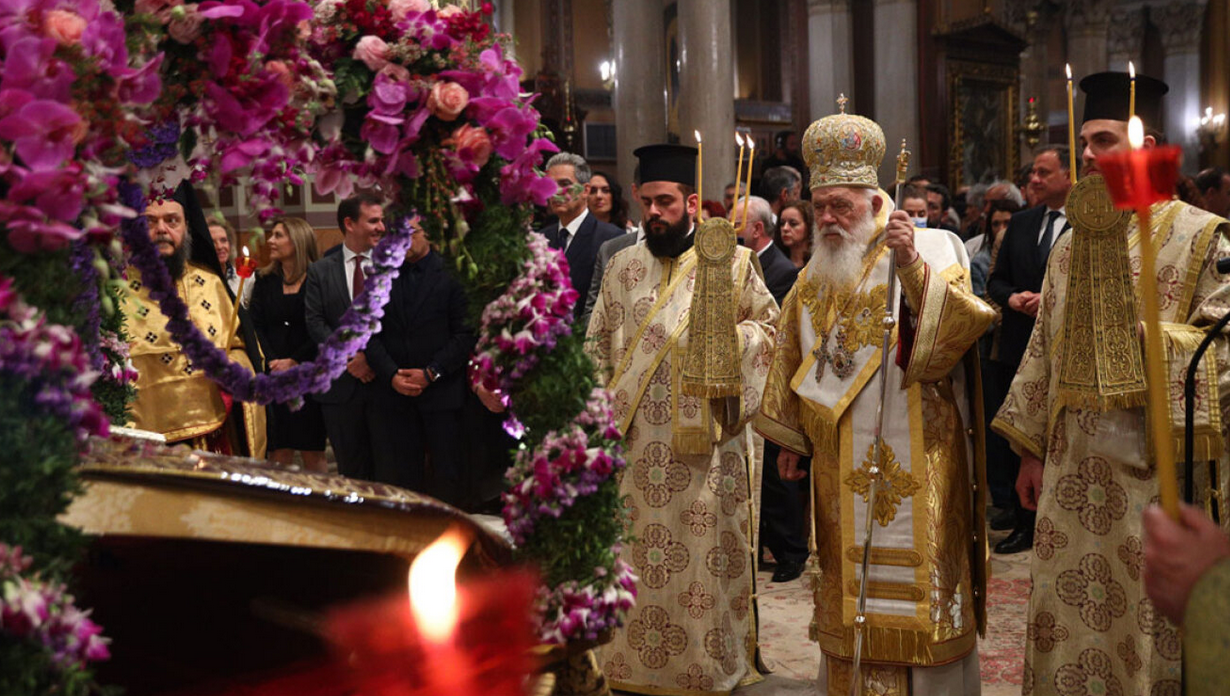Charismatic and elegant, picturesque and evocative, Chania is the brightest diamond in the crown of Cretan cities, where history is keen to tell its many stories; the iconic Venetian harbour divided by a centuries-old sea wall where fishing boats dock beside weapons stores and warehouses. Behind the moorings, narrow contorted lanes and alleys hosted a large Jewish community centred on the Etz Hayyim Synagogue.
A minaret pierces the sky in Splatzia, the Turkish quarter while Halepa was the aristocratic neighbourhood of wealthy merchants and diplomats. Nea Chora hosted the working classes outside the city walls, and today the modern city expands around the historic Old Town. At the crossroads of three continents, the footprints of many civilisations are evident in the wealth of treasures at every turn.
One of the four regional prefectures of Crete, Chania covers the westernmost corner of the island, bordering Rethymno to the east. The capital of the region is the municipality of Chania, one of the oldest cities in Greece as the modern settlement now stands upon the ancient city of Kydonia, one of the major sites of Minoan Crete. The capital of Crete from 1851 to 1971, it was here that the Greek flag was raised in 1913 to mark the unification of Crete with Greece and freedom from foreign forces.
feature image credit Shutterstock

